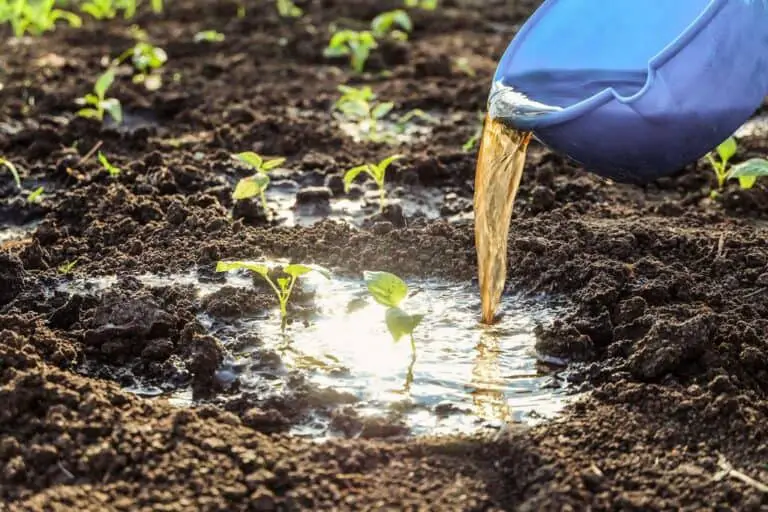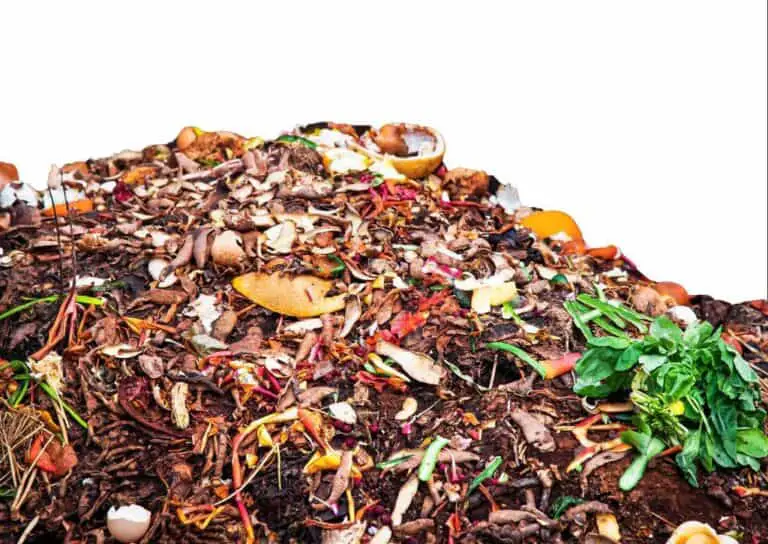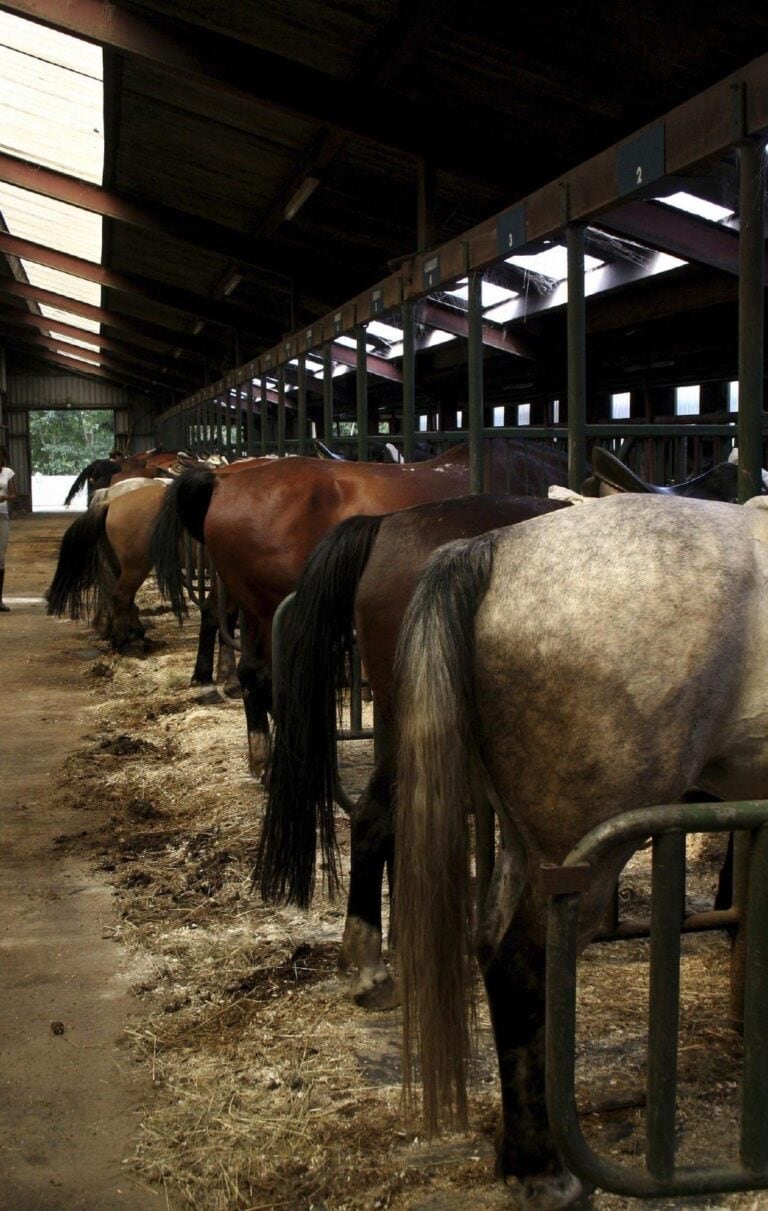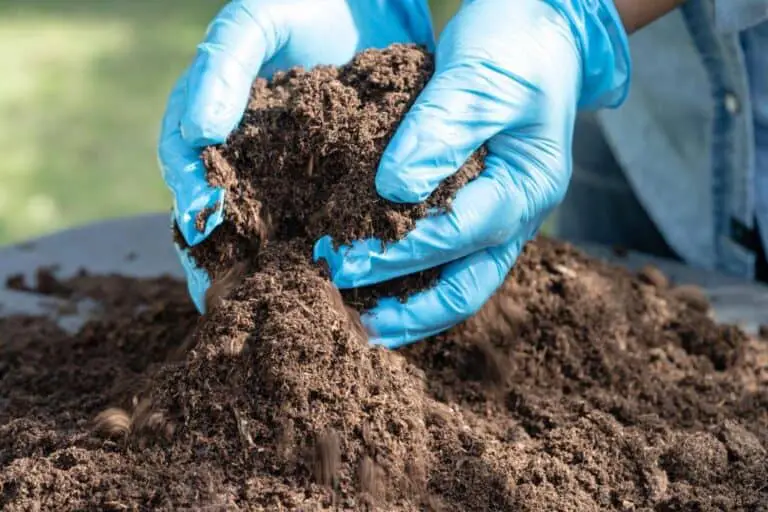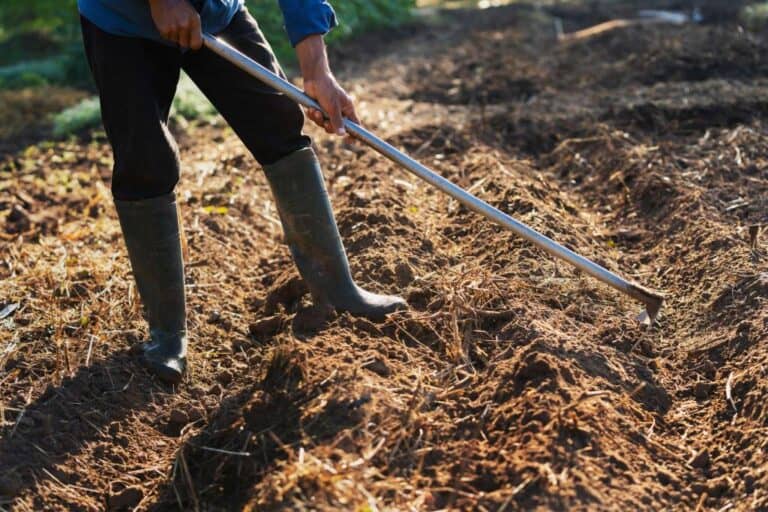Will Flower Seeds Grow Through Mulch? Impact of Mulch On Plant Growth
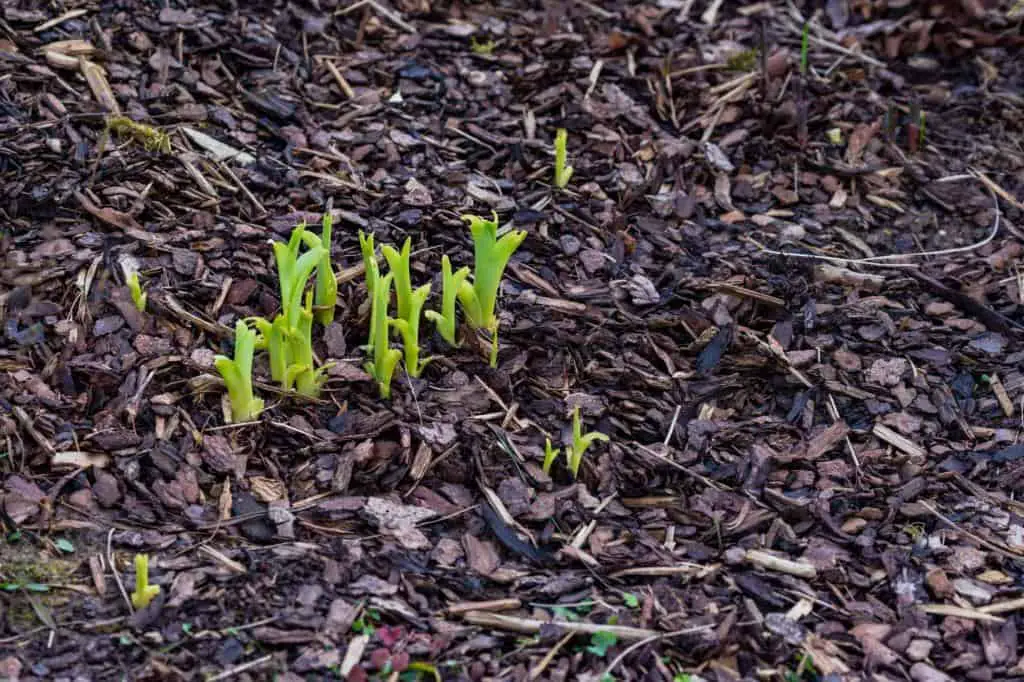
If you’re an avid gardener, you may be wondering if it’s possible for flower seeds to grow through mulch. Mulch is a popular landscaping material that helps regulate soil temperature, retain moisture, and prevent weed growth. However, it’s natural to have concerns about whether mulch may impede the growth of your plants.
In this article, we’ll take a closer look at the impact of mulch on plant growth and answer the question of whether flower seeds can grow through mulch. By understanding the benefits of mulch and how it affects plant growth, you can make an informed decision about whether to use mulch in your garden and how to use it effectively.
Benefits of Using Mulch in Gardening and Landscaping
Mulch is a layer of organic or inorganic material that is spread on top of soil. It is an important part of gardening and landscaping because it helps plants and the environment around them in many ways. Mulch can be made from a variety of materials, including shredded bark, leaves, straw, grass clippings, compost, and rocks.
One of the main benefits of using mulch is that it helps to retain moisture in the soil. This is especially important in areas with hot and dry climates, as it can help reduce the need for watering. Mulch also helps to regulate soil temperature, keeping it cooler in the summer and warmer in the winter. This can help to protect plant roots from extreme temperatures and reduce plant stress.
Mulch also helps to prevent weeds from growing by blocking sunlight from reaching the soil. This can reduce the need for manual weeding or the use of herbicides. Additionally, mulch can help to prevent soil erosion by reducing the impact of rain and wind on the soil surface. This is especially important in sloping areas where erosion is a problem.
Organic mulches, such as shredded bark and leaves, also provide nutrients to the soil as they break down. This can help to improve soil health and fertility over time. Mulch also makes the soil a good place for organisms like earthworms, which are important for keeping the soil healthy.
Using mulch in landscaping also has aesthetic benefits. It can add texture and contrast to garden beds and give landscaping designs a finished, polished look. Additionally, mulch can be used to create pathways or define the edges of planting beds.
When selecting a mulch, it is important to consider the specific needs of the plants and the local climate. For example, in areas with heavy rainfall, it may be better to use a heavier mulch, such as rocks or gravel, to prevent it from being washed away. In areas with hot and dry climates, a mulch that retains moisture such as shredded bark may be more beneficial.
Will Flower Seeds Grow Through Mulch?
One of the many benefits of using mulch in gardening is that it can help to suppress weeds and promote the growth of desired plants. However, many gardeners wonder if flower seeds can grow through mulch or if they need to remove the mulch before planting.
The answer to this question depends on the type of mulch being used and the size of the flower seeds. In general, most flower seeds will be able to germinate and grow through a layer of mulch that is 2-3 inches thick or less. However, larger seeds, such as sunflower or pumpkin seeds, may have more difficulty growing through thicker mulch layers.
It is also important to consider the type of mulch being used. Organic mulches like shredded bark or leaves can make a good place for seeds to grow and sprout. As the mulch breaks down, it will release nutrients into the soil that can help support healthy plant growth.
Inorganic mulches, such as rocks or gravel, may not be as beneficial for seed growth as they do not break down and provide nutrients to the soil. Additionally, they can become very hot in direct sunlight, which can be detrimental to small seedlings.
To ensure that flower seeds are able to grow through mulch, it is important to prepare the soil properly before planting. This means breaking up the soil so it can drain well and mixing in any changes that need to be made, like compost or fertilizer. After planting the seeds, gently water the area to ensure that the soil is moist and the seeds are in contact with the soil.
The Impact of Mulch on Plant Growth
Mulch is an important part of gardening and landscaping, and it affects plant growth in a big way. Mulch helps control soil temperature, keep water in the soil, and improve soil quality by putting a protective layer on top of the soil. These factors all contribute to the overall health and growth of plants.
One of the primary ways that mulch impacts plant growth is by regulating soil temperature. During hot weather, mulch provides insulation to the soil, preventing it from overheating and protecting the roots of plants from damage.
In colder weather, it acts as a protective layer, keeping the soil warmer and allowing plants to continue to grow. This is especially important for plants that are sensitive to temperature fluctuations, as it helps create a stable environment for them to grow.
Mulch also plays a vital role in conserving moisture in the soil. By creating a barrier between the soil and the air, mulch helps reduce evaporation, which means plants require less watering. This is particularly important in areas with low rainfall or drought-prone regions where water is scarce.
Additionally, as the mulch breaks down over time, it adds organic matter to the soil, improving its structure and fertility. This can lead to better nutrient absorption, stronger root growth, and overall healthier plants.
Another way that mulch impacts plant growth is by suppressing weed growth. Weeds can compete with plants for nutrients and water, which can stunt their growth and reduce their overall health. By smothering weed seeds before they can germinate, mulch reduces the need for weeding, saving gardeners time and effort. This allows plants to focus on growing instead of competing with weeds.
Choosing the Right Type of Mulch for Your Garden
Choosing the right type of mulch for your garden is crucial for the growth and health of your plants. Mulch serves as a protective layer for the soil, helps to retain moisture, and provides nutrients for plants as it breaks down. With a variety of mulch options available, it’s important to consider the needs of your specific plants and garden.
One popular type of mulch is organic mulch, which includes materials such as shredded leaves, straw, and grass clippings. Organic mulch is great for retaining moisture in the soil and suppressing weeds, and it also adds nutrients to the soil as it breaks down. But if it isn’t taken care of properly, it may attract bugs and may sometimes be home to diseases caused by fungi.
Inorganic mulch, such as stones, pebbles, and gravel, is another option for gardeners. This type of mulch is low-maintenance and long-lasting, and it does not attract pests or harbor fungal diseases. However, it does not add nutrients to the soil like organic mulch does, and it may not be the best choice for plants that need a lot of water or nutrients.
Another type of mulch is living mulch, which involves planting low-growing plants that cover the soil and act as a protective layer. Living mulch can provide all the benefits of other types of mulch, as well as add beauty to your garden. However, it may require more maintenance than other types of mulch, as the plants will need to be trimmed and maintained.
When choosing a type of mulch for your garden, it’s important to consider the needs of your plants and your own preferences. Some gardeners prefer the natural look of organic mulch, while others prefer the low-maintenance of inorganic mulch. Experiment with different types of mulch to find the one that works best for you and your garden.
Tips for Properly Applying Mulch to Your Garden
Mulch is an important part of gardening and landscaping, and it must be used correctly for plants to grow in a healthy way. Here are some tips for properly applying mulch to your garden:
- Choose the Right Type of Mulch: Different types of mulch have different properties and are suitable for different plants and soil types. Some common types of mulch include wood chips, straw, leaves, grass clippings, and compost. Consider the needs of your plants and soil before selecting a mulch type.
- Apply the Right Amount: Applying too little or too much mulch can harm your plants. As a general rule, apply 2-3 inches of mulch to your garden. If you apply too little, you won’t receive the benefits of soil temperature regulation, weed suppression, and moisture conservation. On the other hand, too much mulch can suffocate plant roots, preventing them from getting the necessary nutrients and oxygen.
- Apply Mulch at the Right Time: The best time to apply mulch is in the spring when the soil has warmed up, and the plants have started to grow. Applying mulch too early can prevent the soil from warming up, which can stunt plant growth. Additionally, if you apply mulch too late, weeds may have already established themselves, making it harder to control them.
- Properly Prepare the Soil: Before applying mulch, it’s essential to properly prepare the soil. Remove any weeds or debris from the area and loosen the soil to ensure good contact between the mulch and soil. This will help improve nutrient absorption and root growth.
- Avoid Mulch Contact with Plant Stems: Mulch should be kept away from plant stems and trunks to prevent rot and disease. A good rule of thumb is to keep a 2-3 inch gap between the mulch and the stem or trunk of the plant.
- Reapply Mulch as Needed: Mulch will break down over time, so it’s essential to reapply it regularly. As a general rule, apply a fresh layer of mulch every one to two years, depending on the type of mulch you are using.

